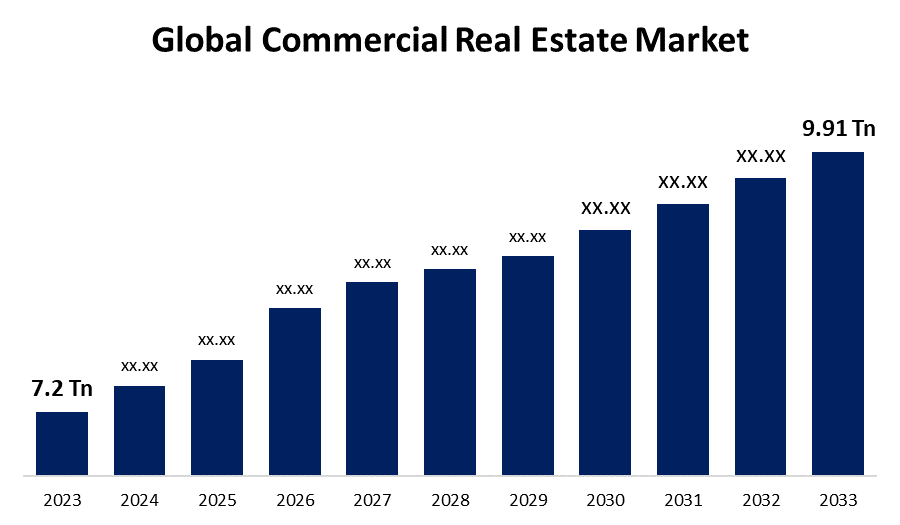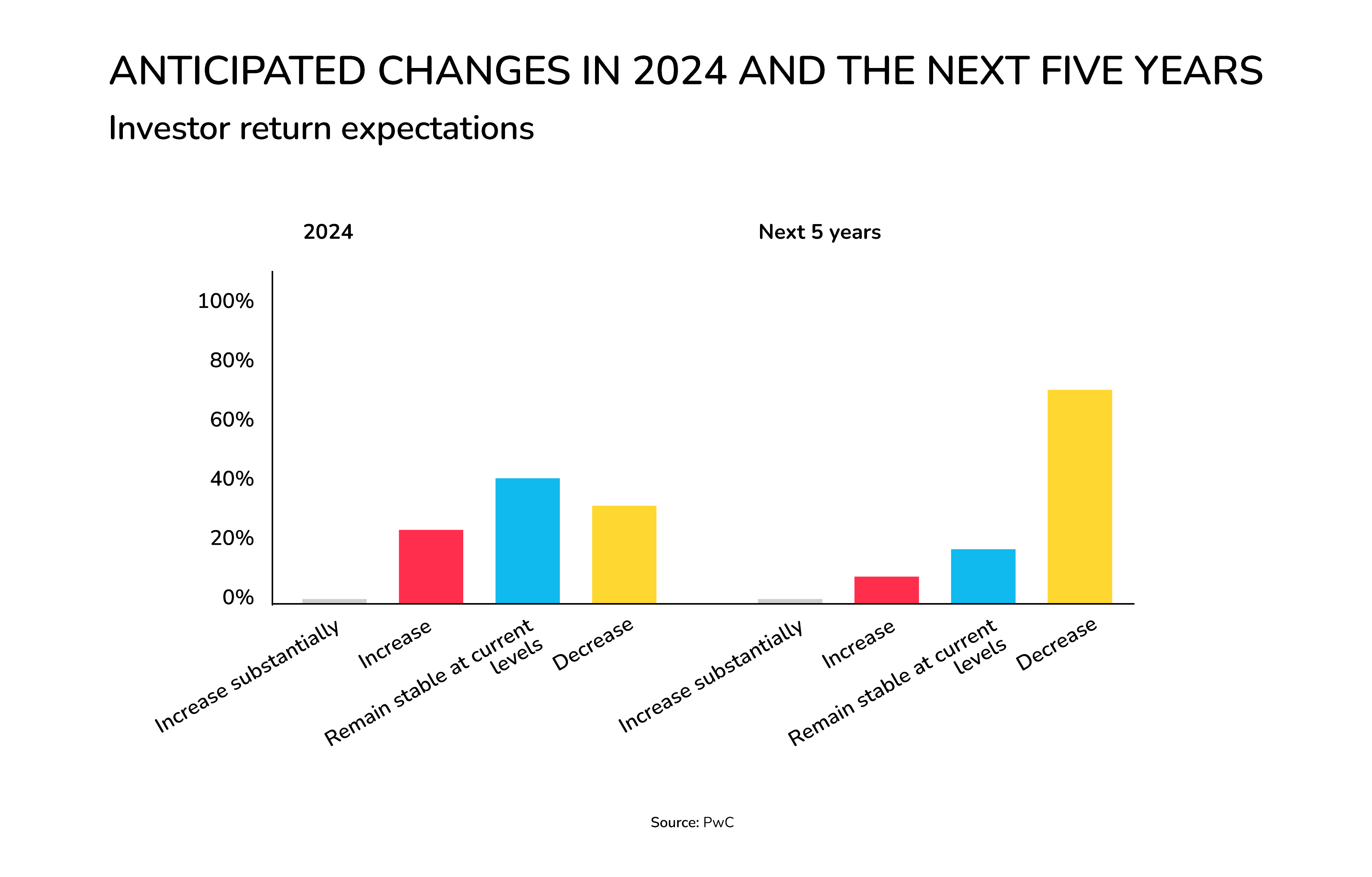Market Analysis for Commercial Properties: A Comprehensive Guide
Investing in commercial real estate can be a lucrative endeavor, but success in this space requires a deep understanding of the market dynamics. Whether you’re an investor, developer, or real estate agent, conducting a thorough market analysis for commercial properties is essential to making informed decisions that maximize profitability and minimize risk.
In this article, we will walk you through the critical aspects of commercial property market analysis, including the key factors to consider, essential tools and methods, and how to leverage data to make strategic investment decisions. Let’s dive in.

What is Market Analysis for Commercial Properties?
Market analysis for commercial properties involves assessing various factors that influence the value, demand, and overall performance of commercial real estate assets. This process involves evaluating the current market conditions, identifying trends, and using data-driven methods to forecast future changes in the market.
A successful market analysis helps investors and developers determine the best properties to invest in, understand potential risks, and predict how property values may change over time.
Why is Market Analysis Important?
Conducting a thorough market analysis for commercial properties provides numerous benefits:
- Identifying Investment Opportunities: A detailed analysis can highlight undervalued properties or emerging markets where the potential for high returns is significant.
- Risk Mitigation: By understanding market dynamics and potential future trends, investors can reduce the likelihood of making poor investment decisions.
- Informed Decision-Making: Whether you’re buying, selling, or leasing commercial property, market analysis provides the data needed to make smart, strategic decisions.
- Improving Profitability: With the right insights, you can optimize rental rates, target the right tenants, and increase property value.
Key Factors to Consider in Market Analysis for Commercial Properties
When analyzing the market for commercial properties, there are several critical factors that you should consider:
1. Location
Location remains the most important factor when evaluating commercial properties. The demand for properties in specific locations can vary dramatically based on factors like:
- Proximity to transportation hubs (e.g., airports, train stations)
- Access to amenities (e.g., restaurants, retail, office space)
- Local economic conditions and business activity
- Demographic trends, such as population growth or decline
In addition to evaluating the location of the property itself, it’s also essential to consider the location’s zoning regulations, future infrastructure plans, and local government policies that may impact the property’s future value.

2. Market Demand and Supply
An in-depth understanding of market demand and supply is crucial for evaluating commercial properties. Demand refers to the need for commercial space, while supply indicates how much space is available. A balanced market means the demand for properties matches the supply, whereas an over-supplied market could lead to lower rents and vacancy rates.
Some aspects to analyze include:
- Occupancy rates: High occupancy rates in the area indicate strong demand for commercial properties.
- Absorption rates: This metric measures how quickly properties are being leased or sold, indicating the pace of demand.
- Vacancy rates: A high vacancy rate could signal an oversupply of commercial space or lower demand.
By keeping track of these metrics, you can better understand the supply-demand dynamics and make informed investment decisions.
3. Economic Indicators
The economic environment significantly affects the commercial real estate market. Key economic indicators that influence market performance include:
- GDP growth rate: Strong economic growth usually leads to higher demand for commercial spaces.
- Unemployment rates: A low unemployment rate indicates more people are employed and, therefore, more businesses are likely to need commercial spaces.
- Interest rates: Changes in interest rates can impact the cost of financing, affecting demand for commercial properties.
Investors should also consider broader economic trends, such as inflation, government fiscal policy, and geopolitical risks that could have an indirect impact on the commercial real estate market.
4. Comparable Property Analysis (Comps)
A comparative market analysis (CMA) involves evaluating the sale and lease prices of similar commercial properties (comps) in the same geographic area. This helps to establish a benchmark for pricing and gives a clear picture of current market trends.
Key metrics to focus on in comps include:
- Sale price per square foot
- Lease rates (for retail, office, and industrial spaces)
- Cap rates (Capitalization rates, which help assess the risk of an investment)
Comparing the property you’re analyzing to similar ones in the area allows you to gauge its market competitiveness.
5. Tenant Demand and Lease Terms
For income-generating commercial properties, understanding tenant demand and lease terms is essential. High-quality tenants with long-term leases can significantly enhance the profitability and stability of a commercial property investment. On the other hand, short-term leases or unstable tenants may indicate a potential risk.
Factors to consider include:
- Tenant mix: A diverse mix of tenants reduces risk by ensuring the property is not overly reliant on one industry or type of tenant.
- Lease structure: Determine if leases are gross, net, or modified gross, as these affect rental income and expenses.
- Tenant creditworthiness: Analyze the financial stability of existing tenants and their ability to pay rent.
Important Tip:
Commercial properties with strong anchor tenants (such as large retail chains) are often more stable investments. These tenants draw in foot traffic, benefiting other businesses in the property.
6. Future Growth and Development Potential
Understanding the future growth potential of a commercial property is vital when conducting market analysis. A property in an area that’s expected to see significant development, such as new businesses or infrastructure projects, could appreciate significantly over time.
Research these key elements to forecast potential growth:
- Urban development projects: These could include new commercial hubs, residential developments, or public transportation infrastructure.
- Economic incentives: Local governments might offer tax breaks or other incentives to attract new businesses, enhancing property demand.
- Trend shifts: Changes in industry trends (e.g., the rise of e-commerce affecting retail spaces) can indicate shifts in demand for commercial properties.
7. Legal and Regulatory Considerations
Before committing to any commercial property investment, understanding the legal and regulatory landscape is essential. Key issues to investigate include:
- Zoning laws: These determine the types of businesses that can operate in a particular area.
- Building codes and regulations: Ensure that the property complies with local building codes and safety standards.
- Environmental regulations: Properties in certain areas might be subject to environmental regulations that can affect development or renovation plans.
Tips for Effective Market Analysis:
- Leverage Technology: Use market analysis software and online platforms to gather up-to-date market data and insights.
- Network with Industry Experts: Regularly interact with real estate professionals, such as brokers, agents, and consultants, who can provide valuable local market insights.
- Monitor Market Trends: Stay updated on market reports, economic forecasts, and industry news to adjust your analysis as the market evolves.
Frequently Asked Questions (FAQs)
Q1: How do I analyze the profitability of a commercial property?
A1: The profitability of a commercial property is typically analyzed using Cap Rate (Capitalization Rate), which is calculated by dividing the property’s net operating income (NOI) by the property’s market value. Additionally, factors such as tenant stability, rental income, and potential for future growth should also be considered.
Q2: What role do interest rates play in commercial real estate market analysis?
A2: Interest rates have a direct impact on the affordability of loans and financing costs for commercial property investors. Higher interest rates can lead to lower demand for property purchases and leasing, while lower rates can stimulate demand.
Q3: How can I forecast future commercial property market trends?
A3: To forecast future market trends, you should combine historical market data, economic indicators, and market sentiment. Tools like time-series analysis, regression models, and expert insights can help predict future market conditions.
Q4: What should I look for when evaluating tenant demand for commercial properties?
A4: Key factors to evaluate include tenant mix, lease terms, tenant stability, and demand for the type of space (e.g., retail, office, industrial). Properties with anchor tenants and a diverse tenant mix generally offer more stable income streams.
Conclusion
Market analysis for commercial properties is a multifaceted process that requires careful consideration of numerous factors. By evaluating location, demand and supply, economic indicators, tenant demand, and growth potential, investors can make well-informed decisions that increase profitability and reduce risk.
Successful investors continuously monitor the market and adapt their strategies based on the latest data and trends. Whether you’re entering the market for the first time or looking to refine your investment strategy, a comprehensive market analysis
is essential for long-term success in commercial real estate.


